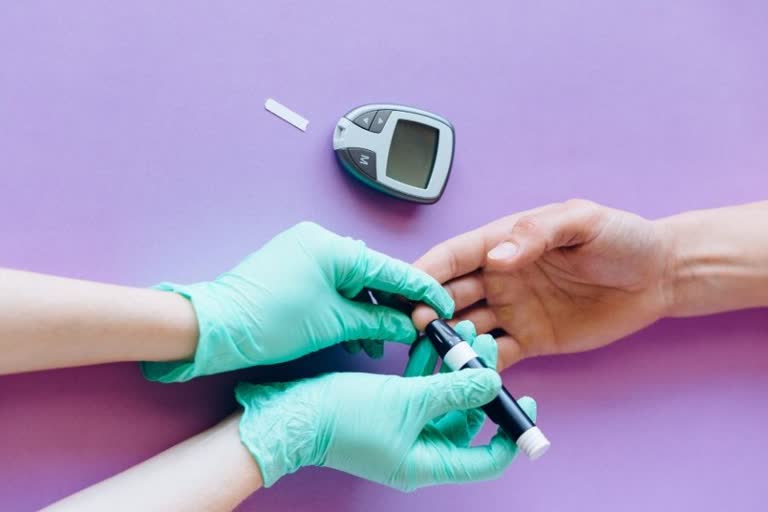Psychiatric disorders are common, impair the quality of life and are associated with increased mortality rates. This excess mortality is caused in part by more frequent suicides and accidents, but also by an elevated risk of developing physical conditions known to be linked to mental health problems such as cardiovascular and respiratory diseases.
Diabetes is an increasingly common disease throughout the world and estimates suggest that 6 percent to 9 percent of the global general population are currently affected. Rates have been rising from 1990 onwards in a trend that is expected to continue for the next 20 years.
Previous research has found that the prevalence of T2D is higher in people with bipolar disorder, schizophrenia, and major depression compared to the general population. Despite this, no systematic overview of this research is currently available to examine the possible links between the prevalence of T2D and psychiatric disorders in general.
The authors conducted an in-depth search of four electronic databases of scientific papers and found 32 systematic reviews based on 245 unique primary studies. There were 11 categories of disorders: schizophrenia, bipolar disorder, depression, substance use disorder, anxiety disorder, eating disorder, intellectual disability, psychosis, sleep disorder, dementia, and a 'mixed' group that comprised different types of psychiatric disorders.
The study found that people with a sleep disorder had the highest rates of T2D with 40 percent of subjects having the disease while its prevalence among individuals with other psychiatric disorders was 21 percent (binge eating disorder), 16 percent (substance use disorder), 14 percent (anxiety disorders), 11 percent (bipolar disorder), and 11 percent (psychosis). Prevalence of T2D was lowest among people with an intellectual disability with 8 percent of individuals having the disease. In each case, these rates are as high or higher than the 6-9 percent level of T2D found in the general population.
Also Read: How Beneficial Fruits Are For Diabetics
The researchers explained that sleep disorders constitute a subgroup of psychiatric disorders and have high comorbidity with several other diseases. In the review, most of the primary studies were conducted among people with additional diseases such as chronic kidney disease.
The authors said, "It is likely that this physical comorbidity contributes to the high T2D prevalence estimates in people with a sleep disorder. The link between T2D and sleep disorders is likely to be bidirectional with the sleep disorder raising the risk of developing diabetes, while diabetes, especially in combination with poor metabolic control, increases the risk of developing sleep problems."
While the authors found that people with any of the investigated psychiatric disorders are more likely to have T2D than the general population, they cautioned, "More refined comparisons should be made between prevalence estimates in the future to better account for differences in populations groups, study settings and the broad range of years as well as methods used to ascertain T2D."
For example, a study conducted in the United States might be expected to show higher rates of diabetes than the global average (including among people with a psychiatric disorder) simply due to differences in demographics and obesity rates between the US population and that of the world as a whole.
They concluded, "Increased prevalence of type 2 diabetes among individuals with a psychiatric disorder suggests that these conditions have a shared vulnerability to the development of the condition relative to the population at large. A better understanding of the observed differences in disease risk and the reasons behind them are still needed. Reliable information about the prevalence and a better understanding of biological and behavioural factors driving the increased prevalence of type 2 diabetes in people with a psychiatric disorder will be crucial to developing cost-effective strategies for the management of patients in this situation."
(ANI)
Also Read: Nutritional diet in early pregnancy reduces risk of gestational diabetes: Study



